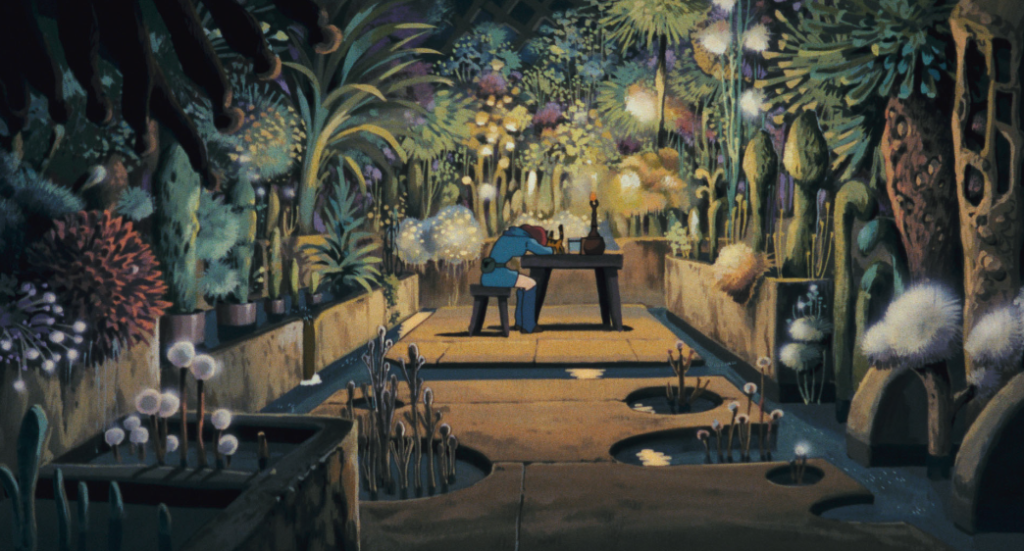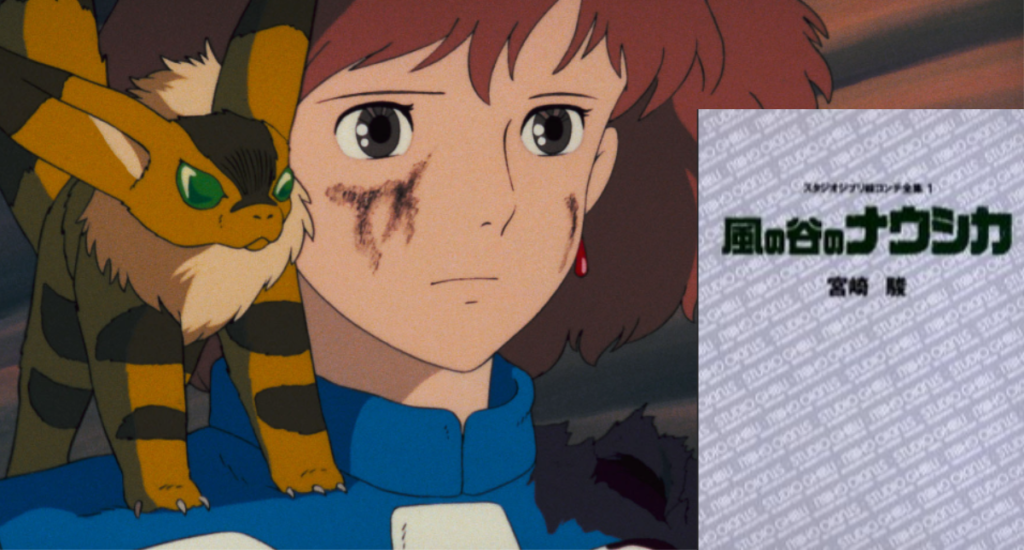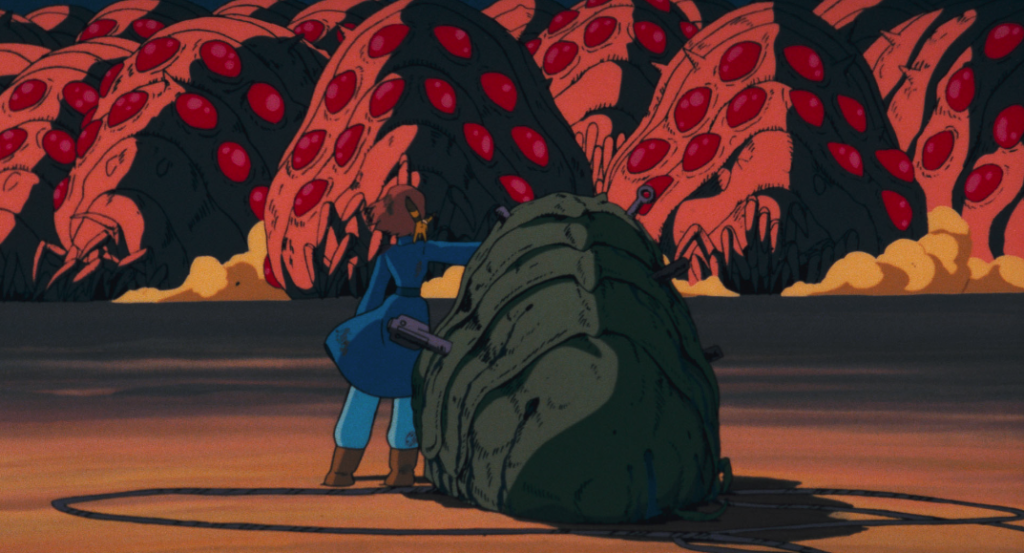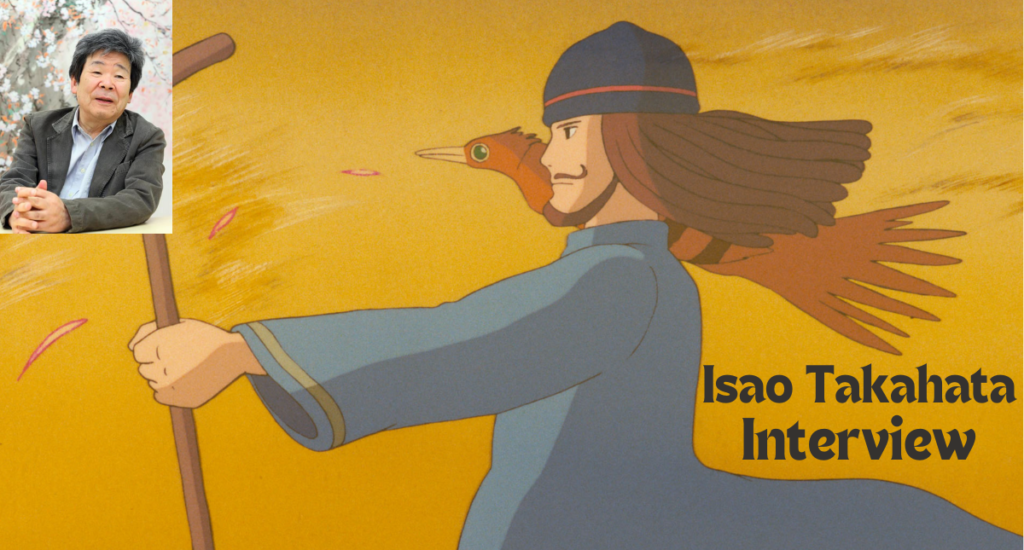Nausicaa of the Valley of the Wind
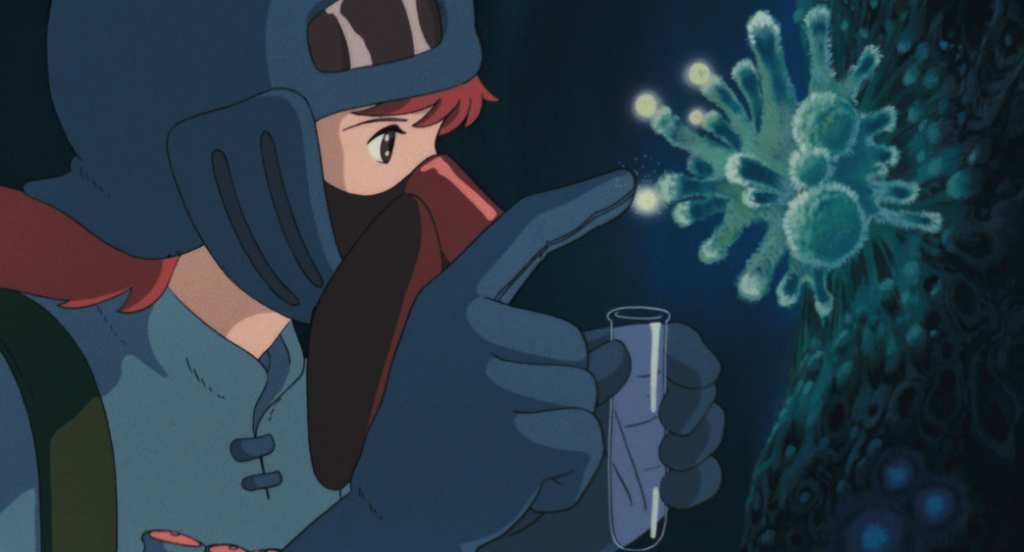
Biology of the Sea of Decay
This article discusses the biology of the Sea of Decay in the story of Nausicaä, focusing on the role of fungi and bacteria in environmental purification. It explores the concept of bioremediation and the potential of microorganisms to break down pollutants. The article also examines the themes of life, evolution, and the dignity of life as portrayed in the story. It concludes with a reflection on Nausicaä’s decision to reject imposed life and the tenacity of life in the face of challenges.
Nausicaa as a Girl & Nausicaa as a Heroine
This article explores Nausicaä as a girl and a heroine in live-action films. It discusses the difficulty of finding similar heroines outside Japanese animation and looks at potential prototypes. The themes of Nausicaä as a “daughter of her father” and girls carrying their father’s ideals are examined. It analyzes Ellie from “Contact,” Hit-Girl from “Kick-Ass,” and Katniss from “The Hunger Games” as examples of Nausicaä-like heroines. The article highlights their physicality and inner strength, and suggests a future emergence of a true Nausicaä-like girl in live-action films.
The Princess Who Loves Insects
The article explores “The Princess Who Loves Insects”–a minor story within the Tales of Heike–noting parallels with the character Nausicaa. It discusses about societal norms, individuality, ambiguity, and the importance of authenticity and introspection for future resilience.
Taking on the Role of a “Supporting” Producer
Isao Takahata discusses his first experience as a producer in Hayao Miyazaki’s film “Nausicaä of the Valley of the Wind.” He describes the teamwork, flexibility, and passion involved in the production, highlighting the contributions of the animation company Topcraft and various staff. Takahata expresses conviction in the film’s success due to its innovative narrative and alignment with contemporary film trends, but admits it didn’t fully realize his vision of reflecting on the present from a future perspective.
